Who was Diana Budisavljevic?
<a href="http://samizdatb92.rs/975fcbbf-919b-446c-bdb9-27cc5a0ea90b/Dijanina-lista.aspx" class="text-link" target= "_blank">The book "Diana's List"</a>, a biographical novel of Diana Budisavljevic is one of the most significant books published by Samizdat B92.
Wednesday, 25.10.2017.
10:42

Who was Diana Budisavljevic?
The book, written by Austrian author Wilhelm Kuehs, has a valuable foreword, written by historian Milan Koljanin.We publish the foreword in its entirety:
"The book of Austrian writer and publicist Wilhelm Kuehs entitled Diana's List appears in front of Serbian readers only several months after its publication in Austria, by the respectful publishing house Tirolia. There are good reasons for this, due to its main subject and the way in which it was presented to the readers.
Our audience is familiar, though not to the extent it should be, with one of the largest humanitarian campaign during the Second World War, not only on the territory of divided and occupied Yugoslavia, but also in occupied Europe or under dominance of Nazi Germany. It is a story about the campaign of saving several thousands of Serbian children from the concentration camp of the Independent State of Croatia whose spiritus movens was Diana Budisavljevic, born Obexer, from Innsbruck. Publishing German edition of this book shows that this issue is interesting to the Austrian public. This is certainly the result of interest fot this historical issue that is unknown or hardly known, showing intrest for the so-called other side of the war. Attention of broader public is directed to the humane aspect of this horrible war, along with the rescue actions, contributed largely by the means of mass communications, above all film industry. Thanks to the film on rescuing endeavors of the large group of Polish Jews organized by Oscar Schindler, in accordance with which Steven Spielberg directed a movie in 1993, this campaign became famous to the widest circle of audience.Therefore, it is not strange that Wilhelm Kuehs had entitled his book Diana's List as it clearly associates the book’s subject and its main character.
It is not easy to determine the genre in which this book has been written. Only after several pages read, it is possible to make sure that this is skillfully written reading, well designed in shape and structure, thus making its content more suggestive. In the same time, it is perfectly clear immediately that the author based his presentation on the usage of sources and historiographical works that, to the largest extent correlate, with this topic. He explained his method in the following way: after determining that historical sources are not reliable enough, nor published in the appropriate way, he decided that the best form of telling a story would be novelistic. His reckoning about the sources in the first place pertains to Diana Budisavljevic’s journal that was written originally in German. The Journal in question - translated into Croatian and prepared for publication by her grand daughter Silvia Sabo, represents the main source and backbone of the whole story. Author had quoted some parts of the journal, and it simply represents an exquisite historical source that offers huge number of first-class data.
One of the issues that are being imposed on the reader of Kuehs’ book is: why to the rescue action involving children from the Ustasha concentration camps, despite its significance, hadn’t been paid proper public attention for such a long period of time? Although the author himself gives answers to this question, certain facts need to be specially pointed out. In our public and fiction related to the Second World War, so-called heroic narrative was predominant, that has its own political utilization. Socialist Yugoslavia based its own legitimacy on the “achievements of anti-fascist struggle”, i.e. on the successfully designed social revolution. When it comes to the crimes, the invaders were accused of them, along with their local followers. There were certain symmetry of crime and criminals, often expressed with the Ustasha-Chetnic match. Something that was not connected with the struggle, armed conflict, big battles and victories, was hard to incorporate into such narrative. This partly reflected historical circumstances that only in the seventies started opening new themes and introducing methodological innovation in studying the period of the Second World War. Such circumstances were caused by unavailability of historical sources, and certain ideological limitations, so this was certainly 'historiography under surveillance'”.
The action of rescuing Serbian children from Ustasha camps in its full scope started after the operation of German forces and forces of the Independent State of Croatia in Bosnian Krajina and on Kozara, in June and July 1942. Back then, one big territory, inhabited almost only by the Serbs, was destroyed. After horrible massacre during the operation, tens of thousands of people of all ages were deported in the biggest concentration camp and the camp of death of Ustasha’s state, Jasenovac. Large number of prisoners was killed immediately, while certain number of men and women were transferred to the camps in Germany and Norway, directly, or via the camp located in Belgrade Fairgrounds. Prior to being deported, women were deprived from their children, even in cases of small babies. So, at the beginning of summer in 1942, several thousands of Serbian children found themselves in the Ustasha’s concentration camps in Jasenovac, Stara Gradiska and surrounding area, who were separated from their parents, and who were soon struck with hunger and disease. One large group of children was poisoned with toxic gas in the concentration camp Stara Gradiska. The campaign that was led by Diana Budisavljevic with the assistance of already large number of associates had prevented total destruction of those little prisoners.
Although it was relatively extensively written about this rescue action, it was presented to the public in a specific way. It was pointed out that these were children in question, and from the context, it was clear that those were Serbian children and that those are events that were part of Ustasha’s state policy to destroy Serbian nation. Systematic investigation of massive suffering of Serbian children was not published until the nineties of the last century, when the public got familiar with the works of Dragoje Lukic and the realistic extent of tragedy. Lukic had used new historical source, the public was not familiar with, and this is Diana Budisavljevic’s journal. Her name was mentioned only randomly until then, or was not mentioned at all in the rescue action.
Although starting from October 1941, she initiated and organized the rescue campaign of the Serbian children from the concentration camps, which involved dozens of people later on, Diana Budisavljevic did not fit into the official historiographical narrative on the Second World War in Yugoslavia. This narrative mainly presented Communist Party of Yugoslavia and its organizations, so the campaing of rescuing chidren from concentration camps was presented as their accomplishment. In reality, the campaign was the result of personal initiative of Diana Budisavljevic and she tried to keep it that way, although she was aware that communists were involved in it. She had in mind solely humane motives and any assistance in saving thousands of children from certain death was welcome. In other words, using those time’s vocabulary, she was not „organized“, neither other circumstances went into her favor. She was a born Austrian, and with her husband Dr Julije Budisavljevic, she belonged to the Zagreb social elite and the circle of few Serbs that were not exposed to Ustasha’s persecution. With the holders of new government, this was almost collaboration. Apart from rescuing children from the concentration camp, their medical treatment and care, surely one of the major results of this humanitarian campaign that was named after Diana Budisavljevic was keeping the records of saved children. She knew that after the war, those files and records would be taken over by a state institution. However, she was very much hurt with the way in which new government had taken away those files from her, with the signs that she was only capable of decoding, excluding her completely from the work of offering assistance to divided families. Nearing the end of her life, she moved to her hometown Innsbruck with her husband, where she soon died.
Let’s get back to the book that is in front of its readers. Although Kuehs primarily relies on Diana Budisavljevic’s journal, his sources were also testimonies of other participants in the rescue campaign, as well as rather voluminous historiographical literature. Novelistic form of telling a story gave certain liberty to the author in interpreting certain events, but he in a way committed himself that this reporting of his should be in accordance with historically ascertained facts. Voluminous list of sources, along with epilogue, points to this. Epilogue consists of author’s assessment of the historical period the book is devoted to, as well as historiography and the influence of political events on it, especially in times of Yugoslavia’s breakdown, in the last decade of last century. The history of Yugoslavia in the Second World War and the history of Independent State of Croatia are extremely complex historiographical issues. Their understanding and interpretation represent a large challenge not only for publicists such as Kuehs, but also for professional historians. Therefore, it is not strange that there are some assessments and depictions of certain evens that are not in accordance with historically determined facts or are only partly in accordance with it. On some of them, the author of this preface had pointed out in his comments in appropriate places. As Kuehs’ book cannot be analyzed as historiagphical work, it should be understood that those are only the most basic notes. Despite that, it needs to be stressed that the author managed to present mainstream historical currents and its players, presenting to the readers the campaign of the charity organization of Diana Budisavljevic and the circumstances under which it was carried out.
The main character of this book is undoubtedly Diana Budisavljevic. Apart from her, there is whole gallery of characters, starting with the representatives of Ustasha’s government, German officers, physicians, Ustasha’s policemen and commanders, religious dignitaries and humanitarian workers. By using literary methods, primarily dynamic reporting and dialogues, Kuehs had managed to faithfully evoke what seems to be most significant: the atmosphere of mass persecution and death. He definitely showed that massive dying of Serbian children in the concentration camps was part of a designed destruction of Serbian nation in the Ustasha’s state. He hadn’t diminished the responsibility of German army and its commanders, while in the same time pointing out the hypocrisy of the Nazi State policy. This state needed pacified space as source of cheap manpower and other resources. In the same time, it turned out that German impact in the Ustasha’s state was extremely strong, and that the word of German officers had played significant role in the campaign of rescuing Serbian children from the Ustasha’s concentration camps. The role of Diana Budisavljevic was irreplaceable as thanks to her determination and social links, the mechanism of mass killings slowed down, which allowed saving of several thousands of children from the certain death in the Ustasha’s concentration camps.
Wilhelm Kuehs’ book Diana's List has an exquisite importance in familiarizing broad public with such significant humanitarian accomplishment such as rescuing Serbian children from Ustasha’s concentration camps. The author was successful in faithfully describing the rescue action organized by Diana Budisavljevic, all its dramatics, and main actors, as well as general circumstances and historical background. Drama and tragedy of the related events were gracious topics to cover. It proved again that literary means and its methods are close to historiography, and their symbiosis can give good results. Finally, it should be noted that this book, be it historiogprahic, in the narrow sense of the word, or documentary, or novelistic prose, introduces humane narrative in the history of the Second World War. Only in this way, this history gains stringency and the strength of universal message.
Milan Koljanin, historian
Belgrade, Septembar 27, 2017."
The author, Wilhelm Kuehs, will be a guest at the Samizdat B92 stand at the Book Fair on Friday, October 27, from 4 until 6 pm.
Visitors will have an opportunity to chat with Kuehs, who will be signing his book.




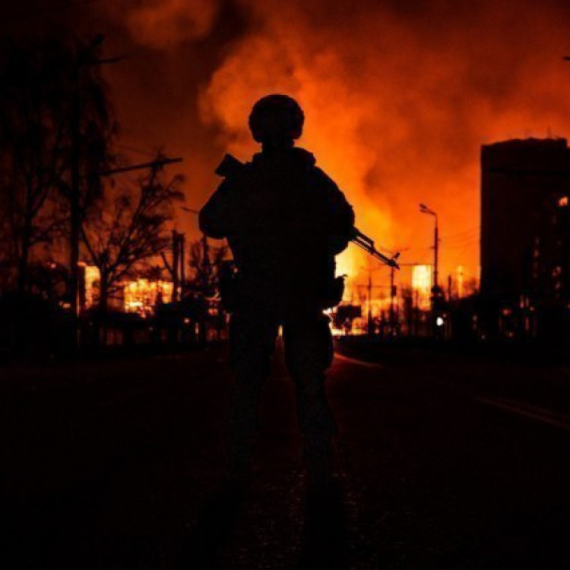











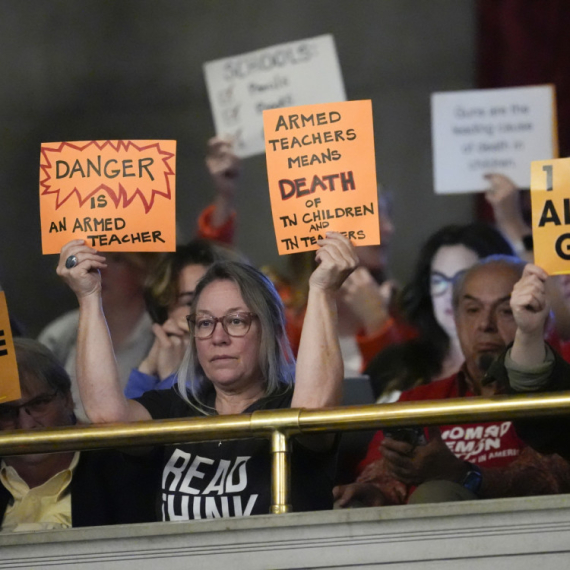




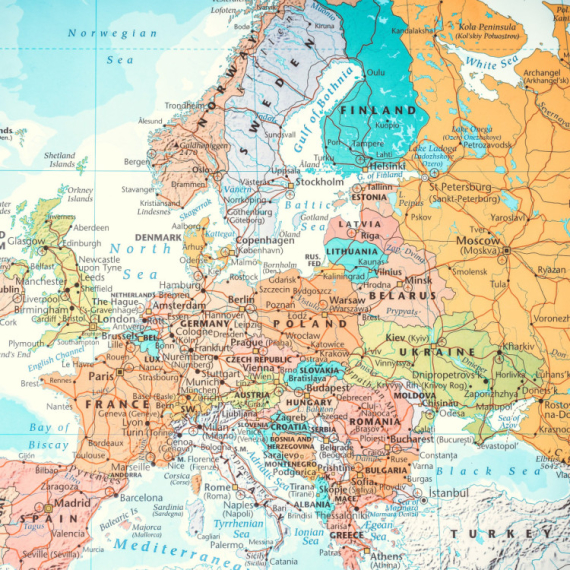








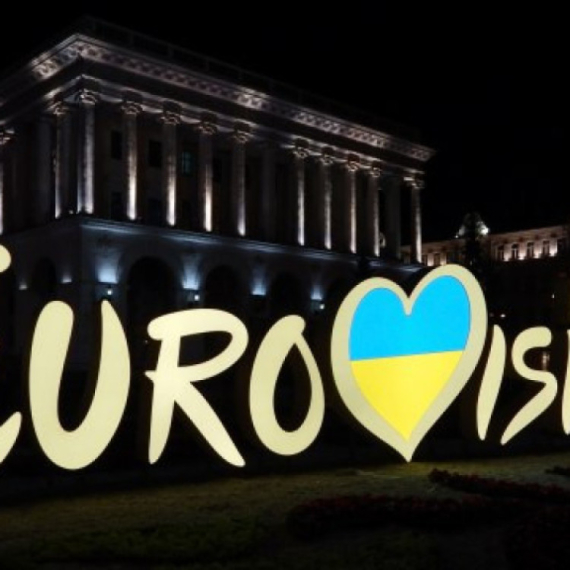


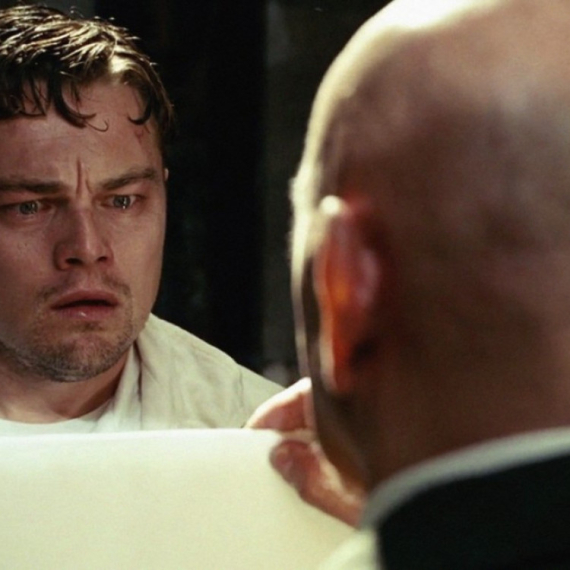






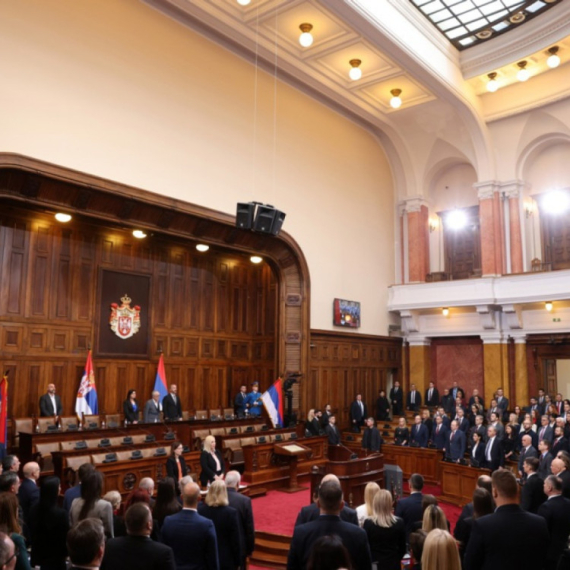
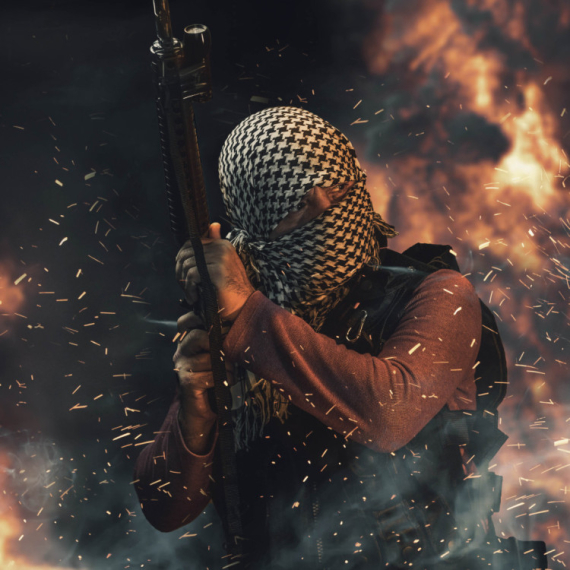
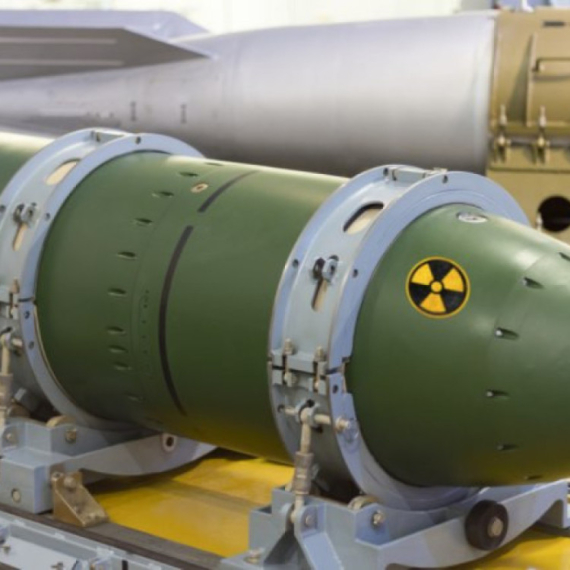
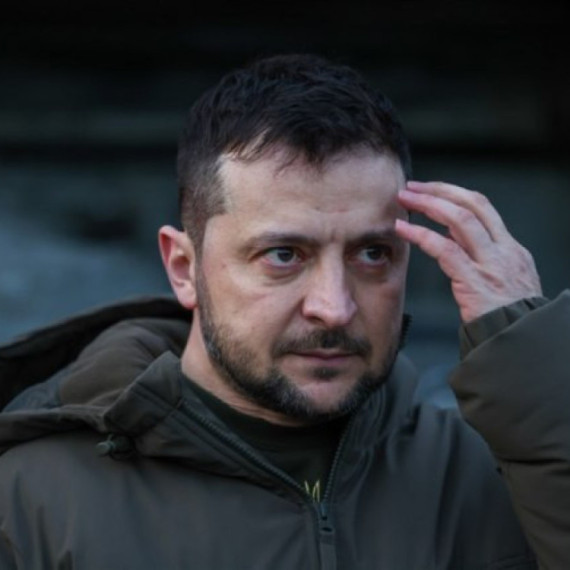


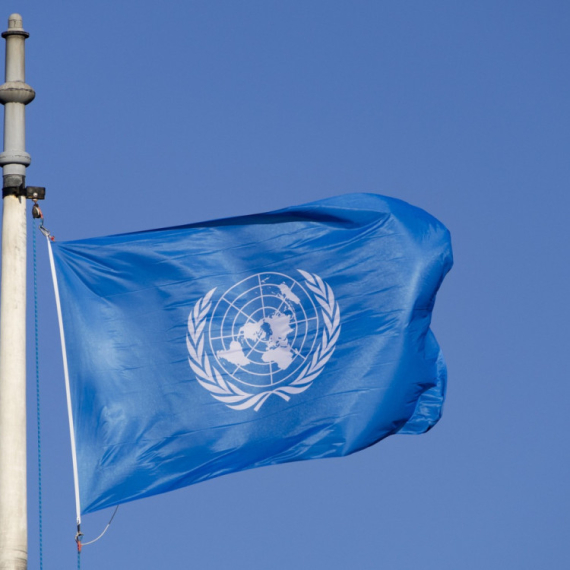






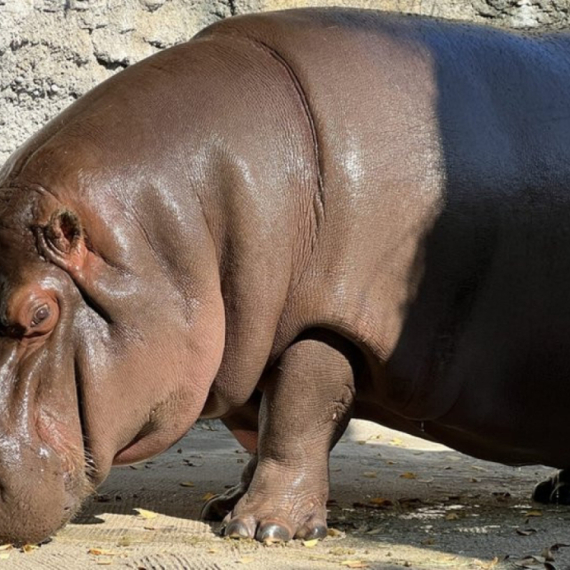
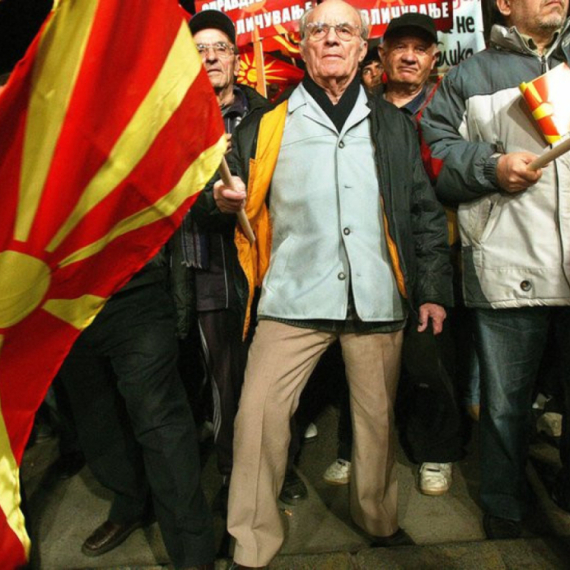


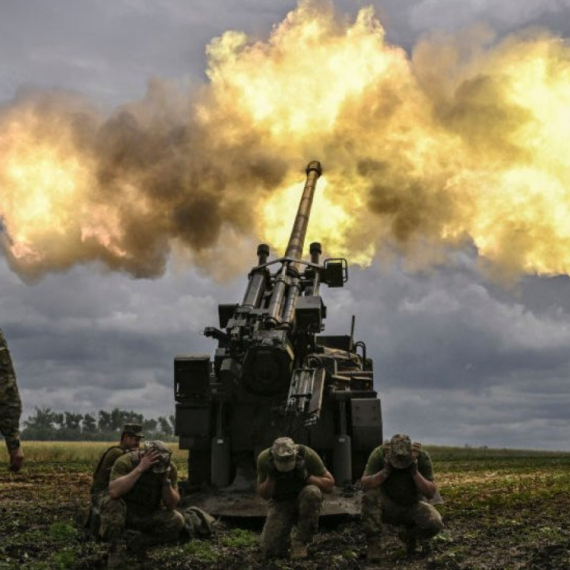

Komentari 7
Pogledaj komentare